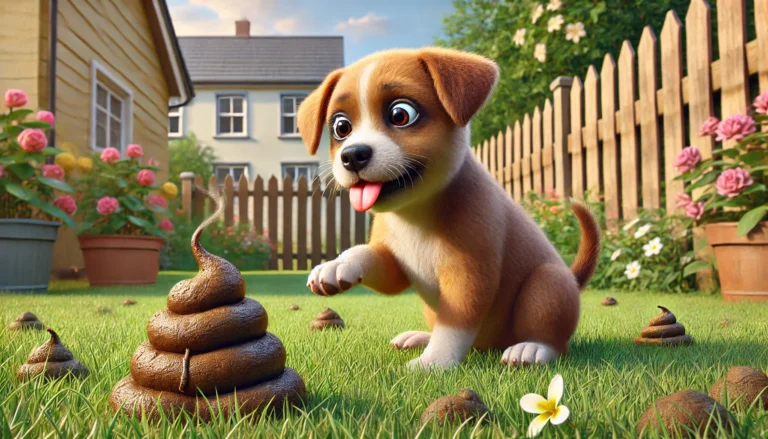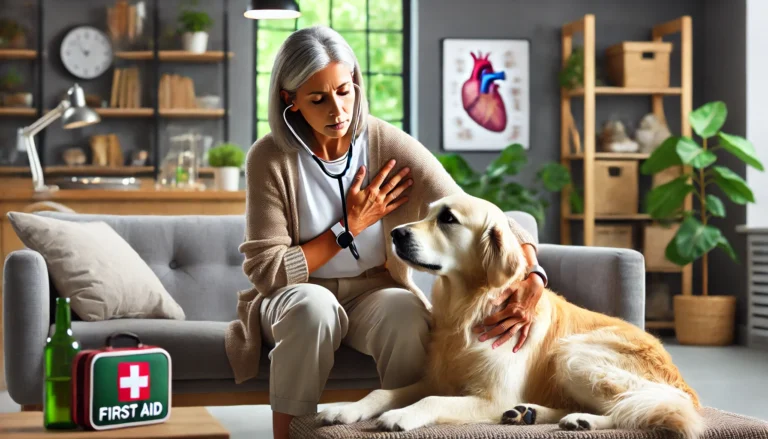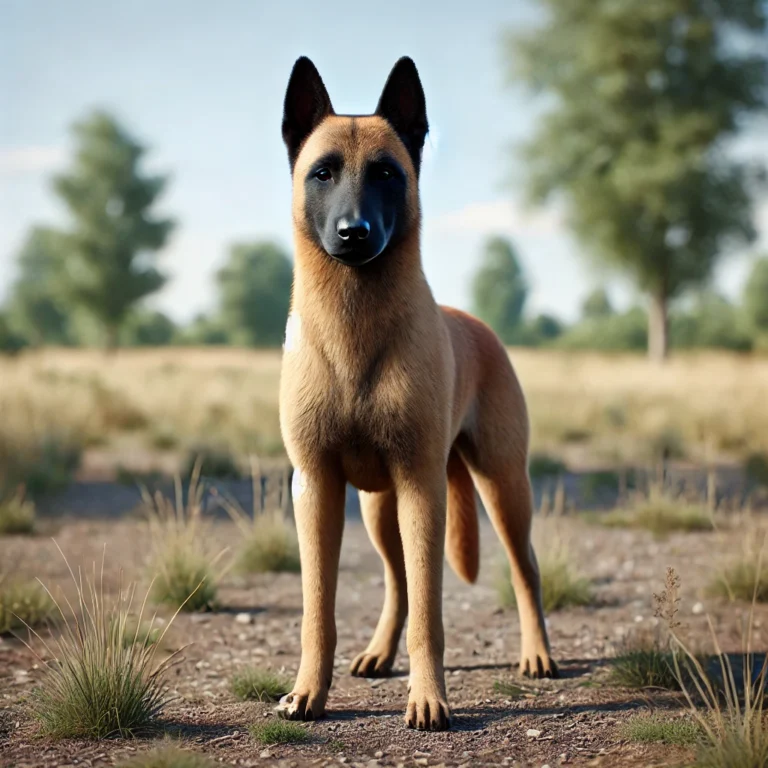10 Essential Steps to Treat a Dog Broken Nail Quickly and Safely

A dog broken nail is a common injury that can cause discomfort and stress. It usually happens when the nail gets snagged or broken during running, jumping, or playtime. The most vulnerable areas are dew claws or toenails that are too long or brittle.
A broken nail on a dog may bleed, cause pain, and sometimes result in infection if not treated promptly. The injury ranges from minor chips to dog fractured nail cases, which may need a vet’s care.
Untreated nail issues can lead to cracked dog nails, swelling, limping, or even the nail falling off entirely. Fast action and proper care are key to preventing complications.
Signs Your Dog Has a Broken Nail
A dog broken nail can be hard to detect at first, but there are common signs that indicate your pet is in discomfort. Keep an eye out for the following symptoms:
- Limping or favoring one paw – Your dog may avoid putting weight on the injured foot.
- Constant licking or biting at the nail – This can indicate that your dog’s nail is broken or causing irritation.
- Visible bleeding or redness – If your dog’s nail broke in half or got ripped off, bleeding is likely.
- Swelling or inflammation – An infected nail may become swollen or painful to the touch.
- Nail split or cracked appearance – Look for dog nail cracked, dog split claw, or nails hanging off.
Some dogs may not immediately show discomfort, but if you notice your dog’s toenail fell off or the dog nail shell came off, take action quickly. If your dog shows severe signs, like limping with no improvement or swelling, it may indicate a dog fractured nail that needs professional care.

Step-by-Step First Aid for Dog Broken Nail
Treating a dog broken nail at home requires quick action to stop the bleeding and reduce your dog’s discomfort. Follow these steps carefully:
How to Treat a Dog’s Broken Nail at Home
- Calm Your Dog
- Restrain your dog gently to prevent further injury.
- Use treats or calming words to keep them relaxed.
- Stop the Bleeding
- Apply styptic powder or cornstarch directly to the bleeding area.
- If bleeding continues, press a clean cloth firmly for 5-10 minutes.
- Clean the Wound
- Rinse the injured nail with warm water or antiseptic solution to prevent infection.
- Be cautious while handling the dog torn nail to avoid causing pain.
- Trim Loose Nail Fragments
- Use pet nail clippers to carefully remove any dog split toenail or dangling pieces.
- Bandage the Wound
- Wrap the paw lightly with a clean bandage to keep the area protected.
- Change the bandage daily and ensure the dog nail injury stays clean.
- Monitor for Infection
- Watch for signs like swelling, redness, or foul odor—indicating an infected broken dog nail.
- If your dog’s nail is broken at the base or the wound looks severe, contact a vet.
- Prevent Licking
- Use an Elizabethan collar (E-collar) if your dog keeps licking the injured paw.

When to See a Vet for Nail Injuries
In most cases, minor dog nail injuries can be treated at home. However, certain situations need professional veterinary care to prevent infections or long-term damage. Look out for these signs:
- Excessive Bleeding: If the bleeding doesn’t stop within 20 minutes, it may indicate a deeper dog nail injury.
- Broken Nail at the Base: If the dog broken toenail at base exposes the quick (sensitive tissue), your vet may need to remove the nail entirely.
- Severe Swelling or Redness: This could indicate an infected broken dog nail that needs antibiotics.
- Visible Pus or Foul Smell: These are signs of advanced infection that require immediate vet attention.
- Repeated Injuries: If your dog’s nail keeps cracking or splitting, it could point to underlying health issues or nutritional deficiencies.
- Dog Acting Lethargic or Unusual: Injuries like a dog fractured nail might affect behavior, hinting at more serious internal pain.
If you notice severe symptoms like those mentioned above, don’t wait. Your vet might perform a full nail removal, provide pain relief, or prescribe antibiotics to avoid infections.
Key Point
A dog’s broken nail needs prompt treatment to prevent bleeding, pain, and infections.
How to Prevent Future Nail Injuries
Preventing nail injuries is essential to keep your dog comfortable and healthy. Here are a few effective ways to avoid dog nail breaks and split dog nails:
1. Regular Nail Trimming
- Trim your dog’s nails every 3-4 weeks to prevent overgrowth.
- Use pet nail clippers or grinders to keep nails smooth and less prone to cracking.
- Pay attention to dew claws since these are more likely to get snagged and cause dog split dew claw injuries.
2. Provide a Safe Play Environment
- Avoid rough surfaces or sharp edges where a dog’s nail can get ripped off.
- Supervise your dog’s playtime to prevent high-impact activities that could cause dog fractured nails.
3. Maintain Proper Nutrition
- Ensure your dog’s diet includes enough biotin and omega-3 fatty acids to support healthy nail growth.
- Weak nails are more prone to issues like dog chipped nails or split toenails in dogs.
4. Use Protective Booties for Outdoor Activities
- If your dog plays on rocky or rough terrain, protective dog boots can reduce the chances of a dog cracked nail or dog toenail torn off.
5. Monitor for Early Signs of Nail Issues
- Regularly inspect your dog’s paws for small nail cracks or brittleness.
- Catching problems early helps prevent more severe injuries like a dog nail broken at base or infected broken dog nail.
| Preventive Measure | Benefit |
|---|---|
| Regular Nail Trimming | Reduces chances of splitting or tearing |
| Safe Play Environment | Avoids high-impact injuries |
| Proper Nutrition | Promotes strong nail growth |
| Protective Booties | Shields nails during outdoor activities |
| Frequent Paw Inspections | Catches nail problems early |
Taking these preventive measures can reduce the chances of your dog’s nail falling off or experiencing severe injuries. Consistent grooming and care ensure fewer accidents and happier pets.
Potential Complications from Broken Nails
If not treated properly, a dog broken nail can lead to several complications. Even minor nail injuries like dog nail cracked in half or dog toenail ripped off can escalate if ignored. Below are the possible issues and how to handle them.
1. Infection
- Dirt and bacteria can enter the exposed nail bed, leading to an infected broken dog nail.
- Signs of infection include redness, swelling, and a foul odor.
- Treatment: Your vet may prescribe antibiotics and pain relievers.
2. Chronic Pain or Lameness
- Untreated injuries like a dog fractured nail may cause long-term pain, affecting mobility.
- Your dog might develop a limp or favor the injured paw.
- Treatment: Pain management therapy or additional procedures may be necessary.
3. Complete Nail Loss
- A severe injury can result in dogs nail falling off or dog nail ripped off entirely.
- In some cases, the nail may not regrow, or regrowth could take several months.
4. Repeated Nail Injuries
- A dog with split toenail issues may suffer repeated injuries if the nails remain weak or brittle.
- This could be due to underlying health conditions or poor nutrition.
5. Nail Bed Disorders or Deformities
- Severe damage, such as a dog broken toenail at the base, can affect nail bed health.
- Deformities may prevent healthy regrowth or cause recurring nail splits.
Quick treatment and monitoring are essential to avoid complications. If your dog nail trauma worsens or your dog’s nail shell came off, consult your vet for advanced care.
Did You Know?
Morkie dogs are charming companions with a playful yet affectionate nature. As a mix of Maltese and Yorkie breeds, they combine the best qualities of both parents. However, Morkies require special care to maintain their health and ensure a long life. Regular grooming, a balanced diet, and routine vet check-ups are essential for keeping them happy and healthy.
Conclusion: Act Fast to Keep Your Dog Safe
A dog broken nail can be a painful and stressful experience for both you and your pet. Acting quickly with proper first aid—such as stopping the bleeding, cleaning the wound, and monitoring for infections—helps ensure a smooth recovery. Some injuries, like dog nail split underneath or dog toenail ripped off, may need professional vet care to avoid complications.
Prevention is just as important. Regular nail trimming, proper nutrition, and safe play environments reduce the chances of dog cracked nails or split dog nails. With early care and regular grooming, you can help your dog avoid future injuries and stay happy and healthy.
FAQ Section
1. What should I do if my dog’s nail fell off?
If your dog’s nail fell off, clean the exposed nail bed with antiseptic and bandage the area. Monitor for signs of infection such as swelling or redness. Consult your vet if the injury looks severe or doesn’t heal within a few days.
2. How do you fix a dog’s twisted nail?
A twisted nail may need trimming to prevent further damage. If the twist has caused a crack or break, treat it like a dog nail injury by stopping the bleeding, cleaning the wound, and bandaging the paw.
3. Can a broken dog nail heal on its own?
Minor dog cracked nails can heal on their own if kept clean and protected. However, deep breaks or dog nails broken at the base need intervention to avoid infection and promote healing.
4. Why does my dog lick his injured nail?
Licking is a natural response to injury, but excessive licking can cause further damage or introduce bacteria, leading to infections. Use an E-collar to prevent licking if needed.
5. How long does it take for a dog’s broken nail to heal?
A dog broken toenail typically heals within 2-3 weeks. More severe injuries may take longer, especially if the nail was torn off or required removal at the base.






